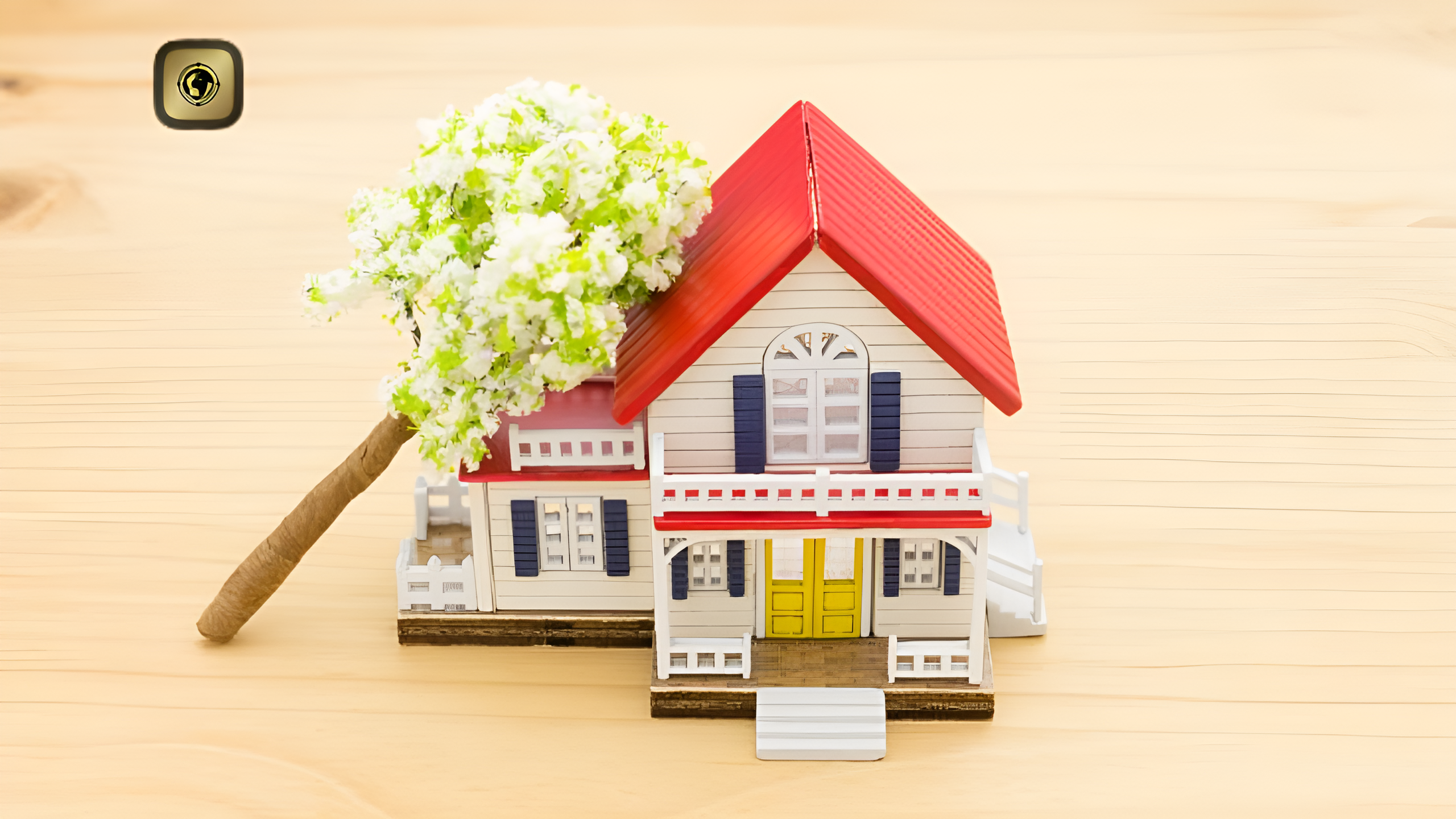April 2, 2025
- For most individuals, the sight of a cockroach or spider conjures a frightening and unwelcome thought. Although these creepy crawlers do not belong in our living spaces, they have somehow found their way into our bathrooms, kitchen corners, and even our bedrooms. While tossing a slipper at a cockroach or using rolled newspapers to swat flies may provide a temporary solution, they do not aid in keeping our homes free of pests. These tactics may fend off immediate threats, but they also contribute to an unhygienic environment within the home and can sometimes be quite aggravating.
- While cockroaches can pose a significant risk for asthma and allergy attacks in both children and adults, mosquitoes and flies can transmit serious diseases such as malaria, dysentery, dengue, and others. Scorpions, bees, and wasps can inflict stings that result in swelling and inflammation. Coexisting with all these pests can be genuinely hazardous both to you and your property, which is why pursuing pest control is essential.
- Pest control is also a vital aspect of property upkeep, as homeowners’ insurance policies typically do not cover it. If pest control measures are not taken periodically, termites and long-horn beetles can cause severe damage to the structural infrastructure of a building, consequently affecting the value of your home negatively.
Spots to Identify Pests in your Home
- Typical Pest Red Flags in Your Residence
While building and decorating can be a one-time investment of time and resources, maintaining the house is a continuous and ongoing obligation. It is in your best interest to watch out for pest red flags in your home before they inflict external harm. Here are some of the significant indicators to be aware of in your house: - Discarded Wings
A clear indication that your home has or had termites is the presence of discarded wings. When a swarm matures and establishes a new colony, it leaves its wings behind. - Mud Tubes
Mud tubes along the foundation of your home or on exterior walls serve as habitats for termites, where they inhabit and reproduce. Mud tubes confirm the existence of termites in your residence and can be extremely damaging to the surfaces along which they build their nests. - Vulnerable Wood
While inspecting your home, if you discover the wood in your furniture or doors and windows to be soft and hollow, it is a clear sign that your house is facing a significant pest problem. - Frass
Termites consume wood to produce frass, which appears as wood-colored pellets. If you encounter this material in your home, it could indicate the presence of pests nearby!
If you notice any of these signals, it’s time for pest control in your home!
Top Ten Pest Control Tactics and Ideas
Let us examine some of the most popular strategies and suggestions for pest control: - Do Not Allow Water To Stand
Stagnant water facilitates the breeding of mosquitoes. These mosquitoes may carry dangerous diseases such as malaria, dengue, and filaria. Ensure you do not leave standing water in bathroom or kitchen buckets when they are not in use. Keep utensils dry and make sure all drains lead outside your house. - Cover The Windows With Nets
Install nets over the windows of your home. This will prevent various pests, such as flies, mosquitoes, cockroaches, and bees from entering your house and transmitting diseases. This measure will also aid in ensuring proper ventilation while keeping pests away. - Do Not Leave Cut Fruits And Vegetables Out For Long
When cut fruits and vegetables are left out, they attract pests like flies. Although they can be harmless, decaying fruits and vegetables can draw in larger pests such as ants, flies, and bees, which can be difficult to eliminate. - Keep The Bathroom Clean
Your bathroom has the potential to be a breeding ground for pests, so be sure to take specific steps to keep your bathroom clean and hygienic. Always keep the area dry and tidy, clean the toilet every other day, and use a heavy-duty cleaner on your sink twice weekly. Importantly, ensure the drain is not blocked by hair or soap remnants. - Throw Away Garbage Regularly
Regularly dispose of your garbage, ideally every day. Piling up trash can lead to a rodent infestation along with other pests, which may facilitate the spread of diseases. To prevent harm, it’s crucial to discard garbage daily! - Maintain the Area Outside Your Home
It is vital to keep the area surrounding your house tidy to maintain cleanliness indoors. If you possess a lawn or garden, be sure to fill any holes and pots to prevent stagnant water. Regularly trim your plants to avoid overgrowth that could lure pests. - Keep External Use Accessories Outside
If you have a lawn or garden, you may have furniture, shoes, buckets, and items used there. Ensure you do not bring them indoors and use them without thoroughly cleaning them first, as they may carry pests. The same applies to toys and bicycles that your children use outside. - Keep the Kitchen Clean
Maintain your kitchen racks, stove tops, and drawers free of vegetable peels, spilled food, and other debris. Regularly clean them using disinfectants and always keep the kitchen atmosphere dry. This helps in controlling pests within the home and kitchen. - Dispose Of Things You Don’t Need
One of the most effective tips for keeping your home free of germs is decluttering. If you have unused boxes, clothes, and toys that your children have outgrown, it’s time to dispose of them. They are just sitting around gathering dust and serving as a haven for germs.



Leave A Comment